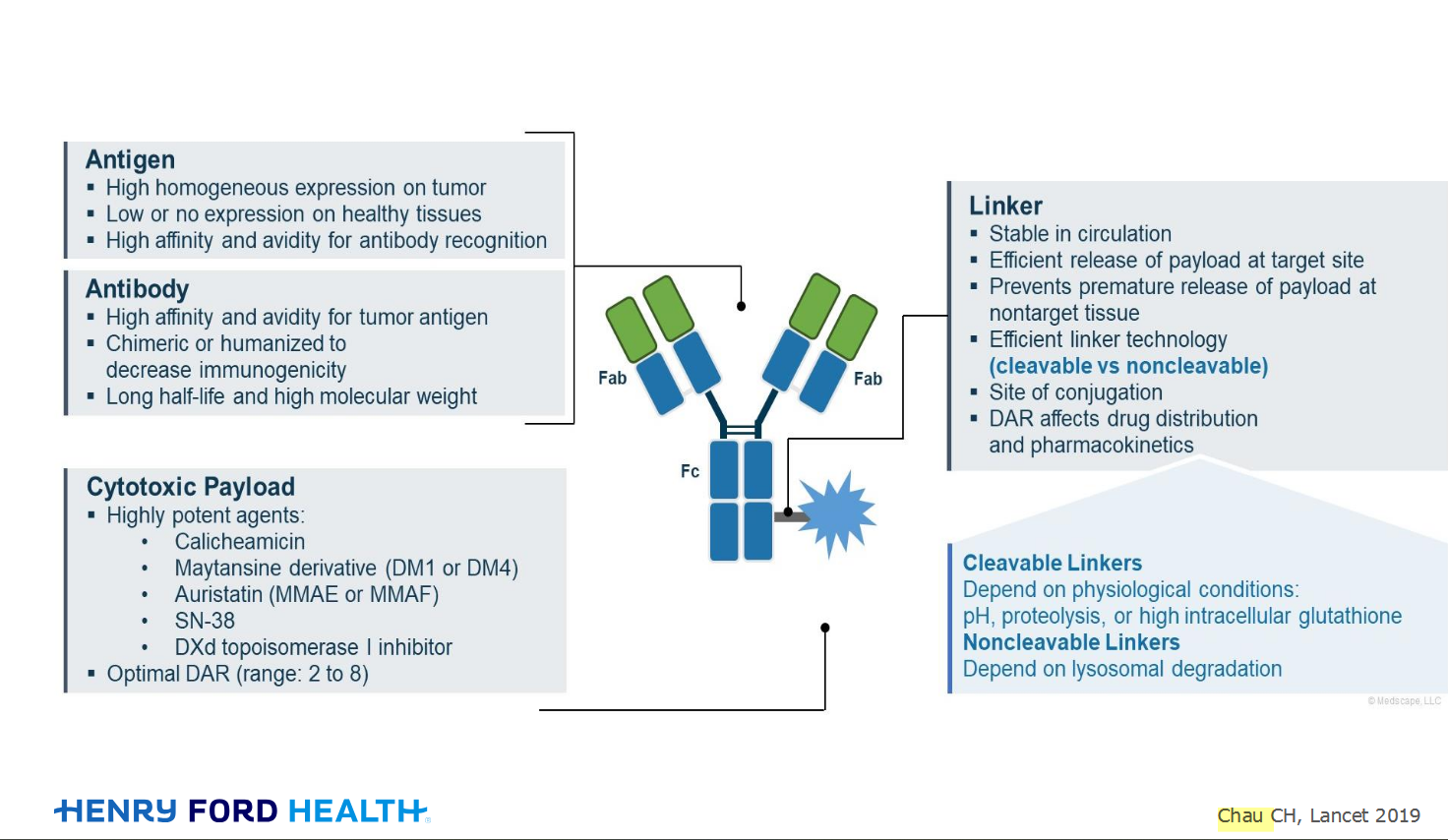Welcome!
Welcome to the new CancerGRACE.org! Explore our fresh look and improved features—take a quick tour to see what’s new.
As I described in a post last year, one of the common features of angiogensis inhibitors is that lesion often cavitate, shrinking not only from the outside in, but hollowing out and dying from the inside out. One of the concerns has been that cavitating lesions may be at higher risk for bleeding, but the work I described in the prior post suggested no clearly increased risk of severe bleeding complications among patients who develop tumor cavitation on anti-angiogenic agents. But another issue is that tumor cavitation may be a relevant measure of response that is being missed by out current systems of measuring response by only assessing the outer dimensions of a tumor.
Investigators in Ontario, Canada looked at this issue by assessing the frequency of this cavitary response in a couple of recent trials they ran through the National Cancer Institute of Canada (abstract here). This report looked retrospectively at 33 patients who received doublet chemo with an antiangiogenic agent (in this case, the oral VEGF inhibitor cedirinib, also known as AZD-2171) and found that 8 (24%) experienced tumor cavitation during treatment. This wasn't seen in any of the 18 patients treated with chemo alone on another trial of chemo alone that ran over a similar time line in Canada (and it's rarely seen with chemo alone in general).
A typical situation is shown in the figure below, in which a mass doesn't change outer dimensions, but it hollows out early in treatment, then progresses by the filling in of the center of the tumor.
It's probably very relevant that the overall volume of viable cancer has decreased substantially early in treatment, but that response isn't captured by our current system. Nor is the clear increase in tumor bulk as the cancer grows internally, since outer dimensions again don't change.
The investigators tested how many patients would have experienced a change in their official response if an alternative definition of response was used in which tumor measurements included not just outer dimensions but subtracted the hollowed out portion of any cavitating lesion. And progression would be defined not only by outer dimensions but by the filling in of cavitation:
When they did tumor measurements by both the current standard (outer dimensions only) and the new alternative that incorporates measurement of the tumor cavity, a few of the patients had differences in their response assessments, going from stable disease to a partial response, or from stable disease to progression. They started with small numbers of patients and just assessed these issues retrospectively, so you really couldn't say anything definitive. But it was interesting to see that the current system probably misses some meaningful anti-angiogenesis-induced responses and can keep people on an ineffective therapy for too long while they progress within the stable shell of a tumor.
The invstigators suggested that this new technique needs to be tested in trials moving forward, and I agree. But even this early work could be useful
Please feel free to offer comments and raise questions in our
discussion forums.
Dr. Singhi's reprise on appropriate treatment, "Right patient, right time, right team".
While Dr. Ryckman described radiation oncology as "the perfect blend of nerd skills and empathy".
I hope any...
My understanding of ADCs is very basic. I plan to study Dr. Rous’ discussion to broaden that understanding.

An antibody–drug conjugate (ADC) works a bit like a Trojan horse. It has three main components:
Bispecifics, or bispecific antibodies, are advanced immunotherapy drugs engineered to have two binding sites, allowing them to latch onto two different targets simultaneously, like a cancer cell and a T-cell, effectively...
The prefix “oligo–” means few. Oligometastatic (at diagnosis) Oligoprogression (during treatment)
There will be a discussion, “Studies in Oligometastatic NSCLC: Current Data and Definitions,” which will focus on what we...
Radiation therapy is primarily a localized treatment, meaning it precisely targets a specific tumor or area of the body, unlike systemic treatments (like chemotherapy) that affect the whole body.
The...

Welcome to the new CancerGRACE.org! Explore our fresh look and improved features—take a quick tour to see what’s new.
A Brief Tornado. I love the analogy Dr. Antonoff gave us to describe her presentation. I felt it earlier too and am looking forward to going back for deeper dive.